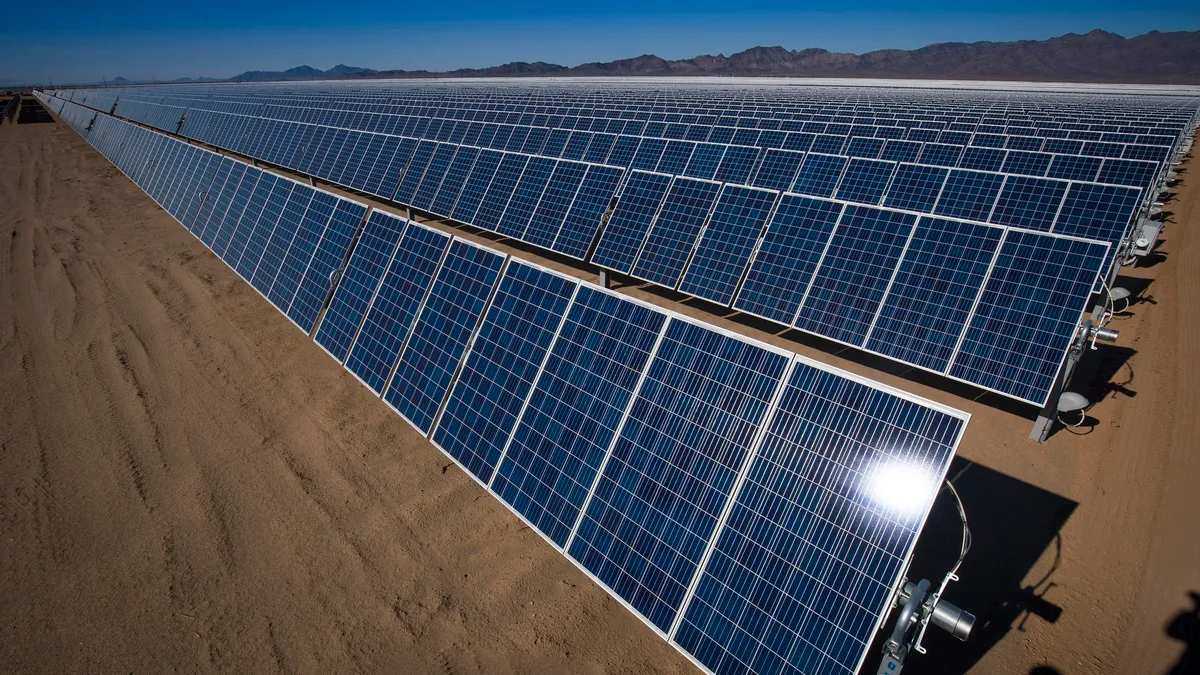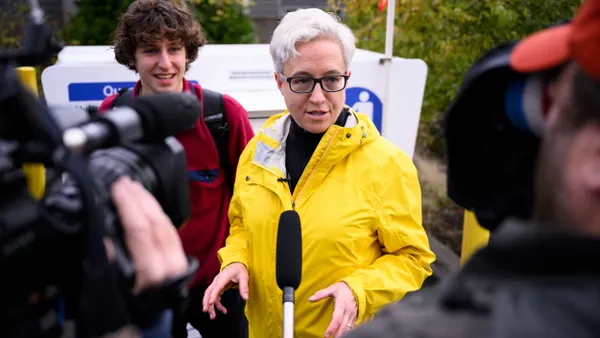About 20% of planned capacity for utility-scale solar projects was delayed in the first half of 2022, according to recent analysis from the U.S. Energy Information Administration, confirming reports from developers of growing delays.
Developers are planning to install 17.8 GW of utility-scale solar capacity this year, EIA said. But from January through June, just 4.2 GW came online, “less than half of what the industry had planned to install in those months,” EIA said.
According to EIA’s June 2022 Preliminary Monthly Electric Generator Inventory, solar installations were delayed by an average of 4.4 GW each month — up significantly compared with average monthly delays of 2.6 GW during the same period last year.
“Various factors could cause delays, including broad economic factors, such as supply chain constraints, labor shortages, and high prices of components, and factors specific to electric generator projects, such as obtaining permits or testing equipment,” EIA said.
The Biden administration has taken some steps to address the delays. In June, the president authorized a 24-month exemption from tariffs for solar panel imports from Cambodia, Malaysia, Thailand and Vietnam and invoked the Defense Production Act to spur production of solar components.
President Biden also is expected to sign the Inflation Reduction Act on Tuesday. Experts say it is unclear what impact it could have on the solar sector, as clean energy projects tend to be anti-inflationary.
“The IRA will potentially reduce solar project delays by onshoring solar modules in the long term, but those will take years,” Ed McKiernan, president of Terrasmart, said in an email. The company provides solar racking technologies, project optimization software and other services.
“We do not expect the IRA to alleviate delays in the near- and medium-term,” McKiernan said.














